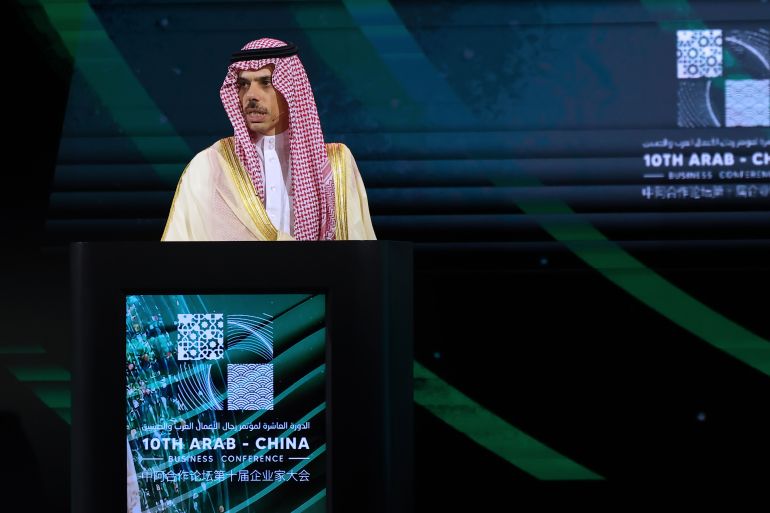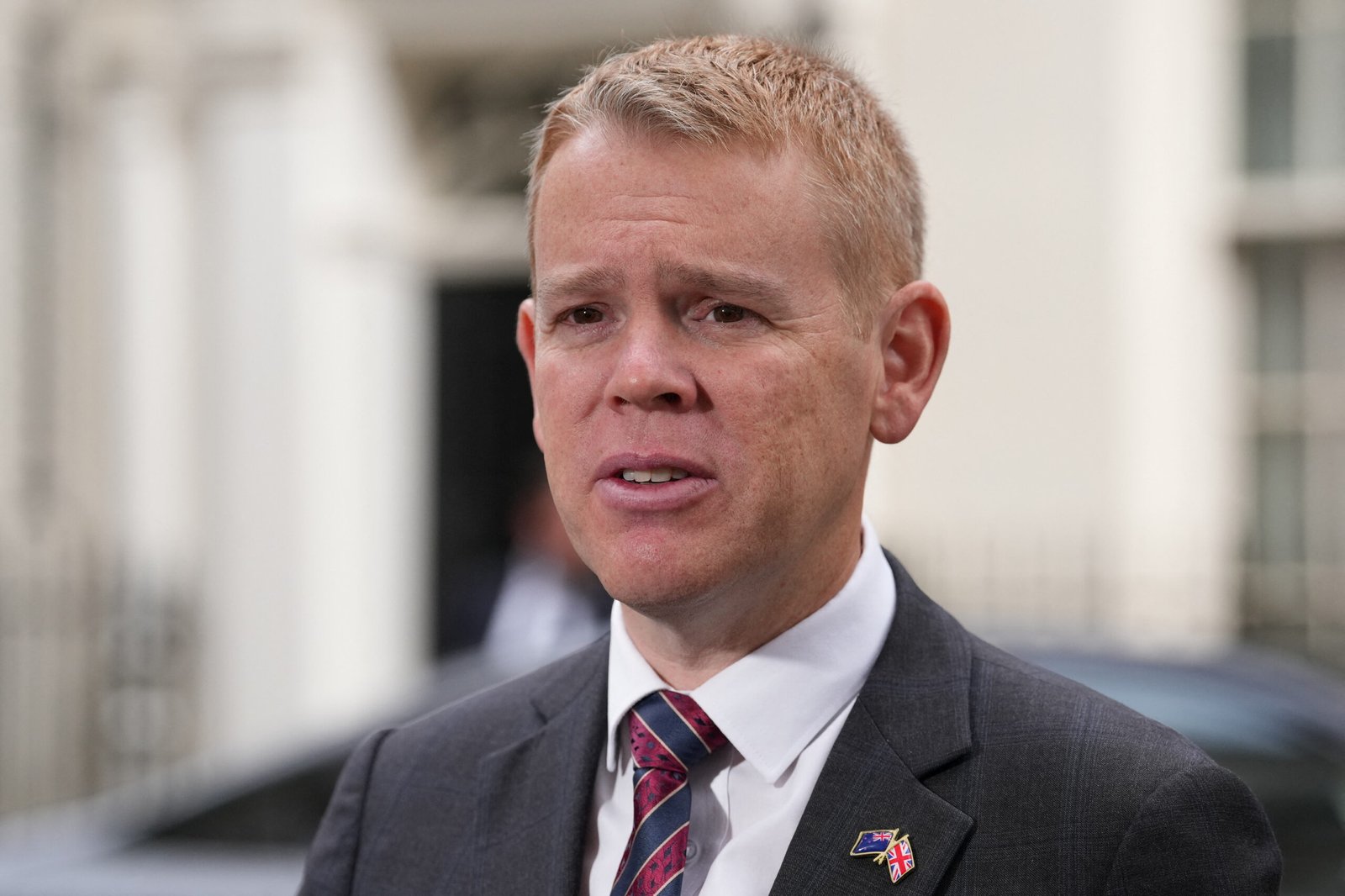
US and China take steps towards thaw as Blinken prepares to visit Beijing, but mistrust remains
Amy Hawkins
In the clearest sign yet that president Joe Biden’s predicted “thaw” in US-China relations may actually come to pass, the US secretary of state, Antony Blinken, is expected to visit Beijing on 18 June.
But after several months in which tensions between the two countries have only increased, both sides will need to overcome a mutual mistrust that has been allowed to build following a number of recent incidents.
Biden made his comments predicting a thaw at the G7 summit in Japan in May, just as the group of countries published a strongly worded statement rebuking China’s behaviour on a range of issues, including regional security and “economic coercion”.
The show of unity from the allied economies, with the US at the helm, made any unfreezing of US-China relations seem like a distant prospect. But in recent weeks there have been gradual signs of increased dialogue between the two superpowers.
Last week, two mid-level US officials met with Chinese counterparts in Beijing. Daniel Kritenbrink, the assistant US secretary of state for east Asian and Pacific Affairs, and Sarah Beran, the national security council senior director for China, travelled to Beijing to meet Ma Zhaoxu, the deputy foreign minister, and Yang Tao, the director of the North American and oceanian affairs department.
In May, William Burns, the director of the CIA, was reported to have travelled to Beijing for a series of secret meetings with intelligence officials, while the US national security adviser, Jake Sullivan, met China’s top diplomat, Wang Yi, in Vienna.
These attempts have all been part of an effort to rebuild relations since the spy ballon saga earlier this year led to Blinken’s original visit to Beijing, which had been scheduled for February, being cancelled.
In February, US fighter jets shot down a large Chinese balloon off the coast of South Carolina. The Biden administration concluded that it was a surveillance airship that had flown over sensitive military sites. China admitted owning the balloon but said it was a civilian vessel used for meteorological research.
The incident sparked a global row about the use of Chinese spy balloons in several countries and it severely damaged the goodwill that had been established when Biden met President Xi Jinping at the G20 summit in Indonesia in November.
Recent trust-building exercises also suffered a new blow after the Wall Street Journal reported last week that China and Cuba had reached a multibillion-dollar agreement for China to build an eavesdropping facility on the island. The US, China and Cuba all denied the reports. Many analysts noted that the timing of the report coincided with Blinken’s second attempt to visit Beijing, raising questions about whether it had been leaked to derail the trip.
Trade friction
Part of the difficulty is that both the US and China claim to want dialogue while taking tangible actions to decouple their economies.
China has emerged from three years of zero-Covid policies with claims that it is open for business again, while also engaging in raids on foreign companies.
The US says it is not trying to contain Chinese growth, but has placed sanctions on key industries, such as semiconductors. Beijing recently instructed Chinese companies that operate in critical industries not to purchase chips from Micron, a US company, which seemed to be a retaliatory move after the Biden administration’s export controls on advanced chipmaking technology.
The US has also persuaded Japan and the Netherlands to block the sale of chip equipment, a move that is aimed at curbing China’s military and technological development.
Wang Huiyao, the president of the Centre for China and Globalisation, a thinktank in Beijing, said China objected to the US’s “double standards”.
Taiwan tensions
The US claims to support the One China policy and says it does not want to stop China’s development, “but what they have done is very different”, Wang said. “That has really upset the mood for negotiations.”
The One China policy outlines the US’s acceptance of the government in Beijing as the sole ruler of China. Beijing claims that Taiwan is part of that territory.
In recent weeks the US military has accused Chinese forces of “unsafe” and “unnecessarily aggressive” manoeuvres in the Taiwan Strait and the South China Sea, two areas where the US is especially concerned about China’s increasing presence. On Thursday Taiwan reported that 37 Chinese military aircraft flew into the island’s air defence zone.
Areas of cooperation
The Blinken visit will be a belated follow-up to the Xi-Biden meeting. In November the two presidents discussed cooperation on “transnational challenges”, such as climate change and health security. But even those goals have been frustrated in recent months.
Last week the US ambassador, Nicholas Burns, said China wasn’t doing enough to stop the flow of fentanyl into the US, emphasising that combatting the supply of the drug was high on the agenda in discussions with Beijing. The next day Chinese state broadcaster CGTN released a documentary about the US’s opioids crisis which accused the US of pointing “the finger of blame at China” for a self-inflicted problem.
“There are no non-political spheres in the US-China space,” said Isaac Stone Fish, the founder of Strategy Risks, a China-focused data company. “Like it or not, Beijing insists that politics infuses and dominates all of these areas”.
(Source: The Guardian)













